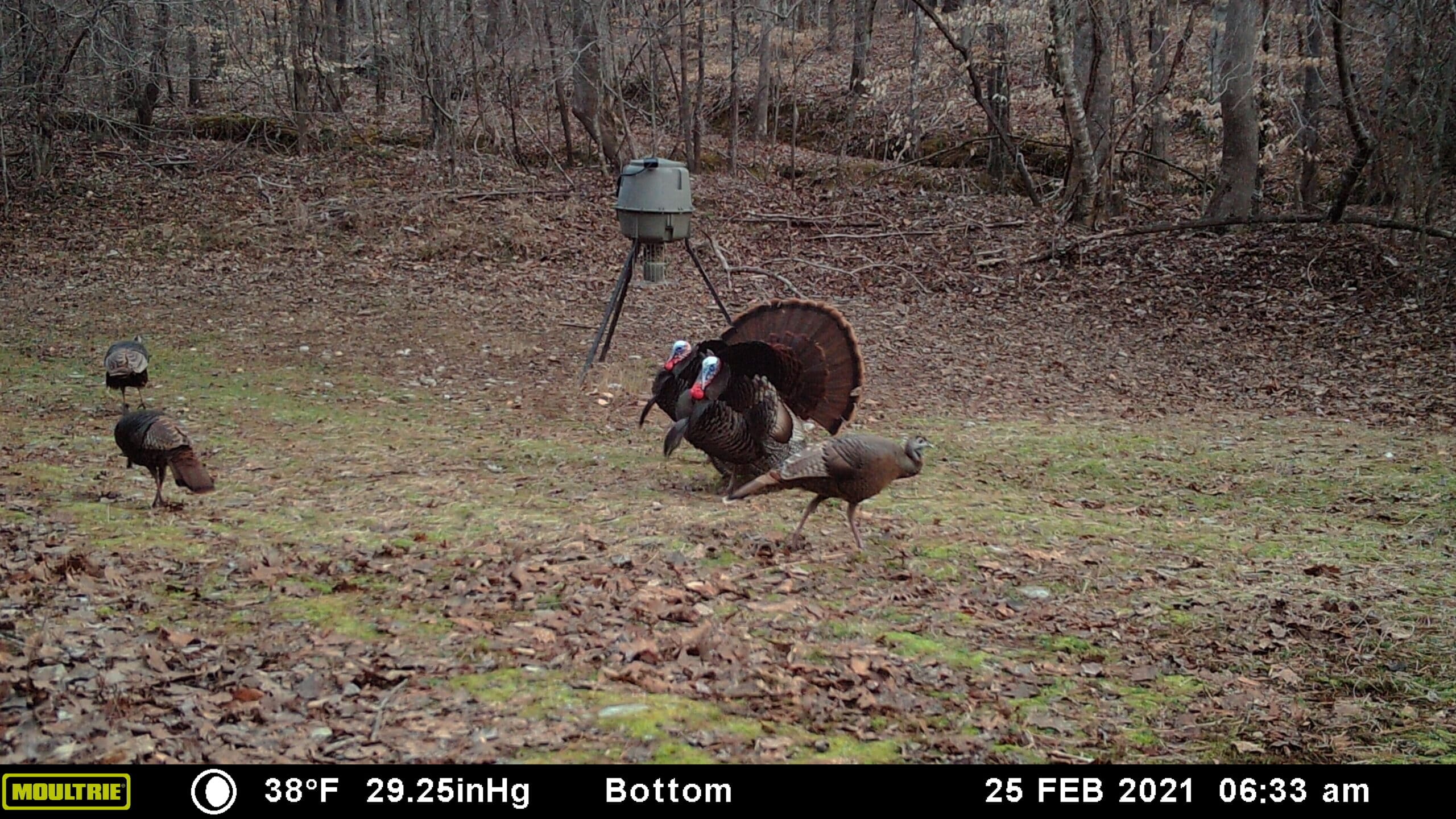Best Trail Camera Locations for Scouting Turkeys
Shoveling snow, fishing and March Madness have a way of sidelining your hunting focus. Regardless, think ahead to what is next. Turkey season for most lies just around the corner and to get a leg up on those strutting toms, a fine-tuning of your camera army is needed. Think of your trail cameras as hunting partners who can scout 24/7, even when you can’t.
Time To Adjust Cameras
Why adjust your trail camera army? For starters, that army may not even currently be in the hunt theatre. Many folks pull cameras after deer season to reduce wear, preserve batteries and save on cellular plans, unless you need hundreds of crow images over the winter. Although this overprotection extends the life of your camera, what you miss in the weeks leading up to turkey season could be the difference to filling your tag expediently.
Second, even if you have your trail cameras still leasing space on tree trunks throughout your hunting property, they may not be in the right location to capture turkeys as compared to the whitetails they were monitoring during deer season. A few areas, such as a food plot or a feeder spilling over with corn, could capture turkeys in the preseason, but after that, the odds lessen of your cameras scouting with efficiency.
Third, your cameras may not be correctly set to capture a turkey’s image. Not only may your camera be in the wrong location, but it could be aimed higher than the height of a typical turkey.
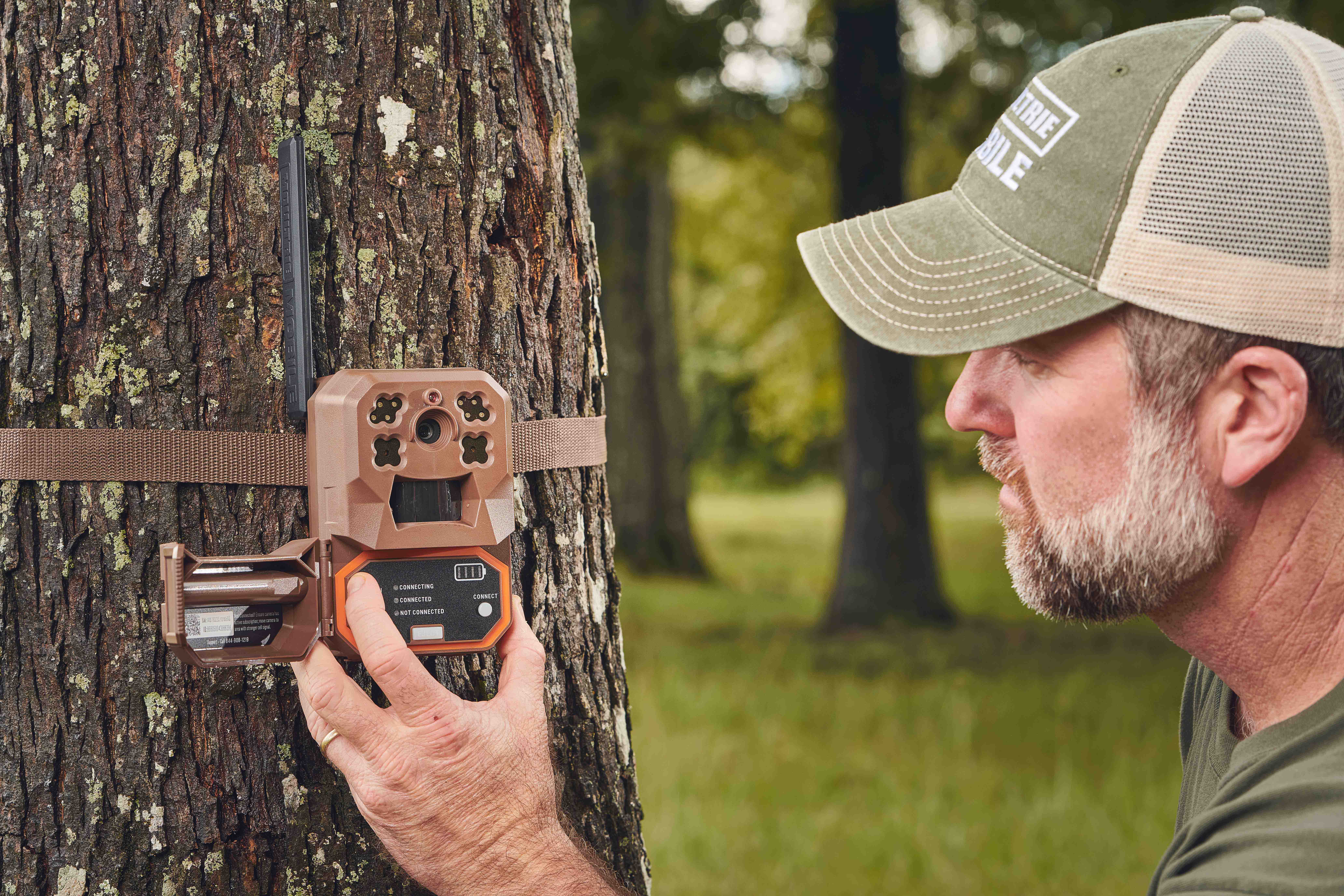
An average whitetail stands approximately 3 feet at the shoulder. For a buck, you may need to add another two or more feet onto that number to capture its antlers riding high. Compare that to the average turkey that barely reaches three feet tall standing erect. Then consider that most turkeys slink by in a hunched, streamlined fashion and you can see why some adjustment could be required to tailor camera setups for poultry photography sessions.
Back the camera up a yard or two extra to capture as many in the flock as possible as they pose. If the camera surveys a travel corridor, make sure to set the camera trigger for 3-shot burst. Turkeys on the prowl can pass by quickly and you do not want to miss a tom hiding in a pack of preseason jakes. And do not forget to trim any vegetation between the camera and the turkey trot zone. Any breeze could make vegetation sway and give you more images of a sapling than you care to delete.
Now that you have your mind working toward a turkey scouting goal, where do you place those camera soldiers? The following three areas should direct your thoughts on how to surveil your hunting property.
Roost Areas
Some of you live where turkeys repeatedly use the same roost site. Some of you do not. If you encounter turkeys that habitually repeat to the same tree nightly or at least with some repetition, station a camera sentry nearby. Merriam’s and Rio Grandes, plus hybrids in crossover zones, have more of a habit of returning to the same roost.
Say you do have a very patternable turkey flock. You could scout under the tree, find piles of droppings and attach the camera to a limb pointing it up. Of course, one good excrement bomb could cake the lens stopping your mission in one sploosh. A better option is to scout the area and look for the highest likelihood of a landing zone.
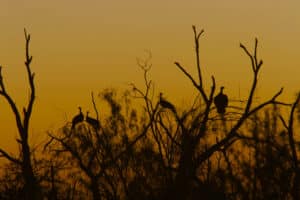
Turkeys may alter their morning pitch and landing zone with varying winds, but consider a predominate wind giving birds some into-the-wind lift as they sail to a relatively open space. Once there they may strut so look for tracks, droppings and loose feathers. Position a camera to cover the landing zone which could also double as a takeoff area. Two to three cameras should cover a suspected, well-used roost.
Find Food
After exiting their treetop motel, a flock’s next rally point is food. That food could be a forest-based option, such as scratching for mast and seeds, but meadows, pastures and agricultural fields also hold ample appeal. Spilt grains in particular draw turkeys to fields for scratching, so look for the obvious as trying to decipher a location where turkeys feed. In wild lands it could be nearly impossible to zero in on one area since their diet includes hundreds of menu items. Food plots also fair well for turkey activity and their smaller size gives you a higher degree of certainty that birds will walk in front of the camera sensor.
If you do not have an agricultural option in your hunting area, note all signs of scratching and areas with the heaviest disturbance. Those clues could give you some imaging options. Any highly traveled trails or roads could be the corridors they use to arrive at scratch central.
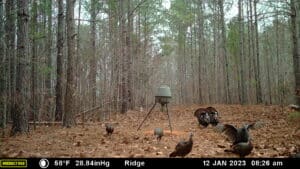
Finally, if baiting is an option, cover any bait station with at least one or more cameras. Even if you cannot hunt over a bait and have to remove it before season, feeders at minimum give you a population census of the number of toms in an area prior to opening day.
Query landowners and others busy in the area as to repeat areas where they have witnessed turkeys. These insights and later images give you options on where to hunt when the season arrives.
Look For Midday Chill Spots
A final neighborhood to focus camera lens on are loafing areas. Turkeys typically feed on and off all day. Nevertheless, they often slip to a shrouded field corner, a shady coulee or a pasture edge to hang out. Referred to as loafing areas, turkeys may choose a site on the go or have a favorite nook that offers them some respite. In hot weather, look for turkeys seeking shade as they waste time.
You also often find turkeys using a loaf area for dusting. This turkey ritual is part of their routine to preen and maintain plumage from matting or building up a greasy residue. You can discover signs of turkey dusting with scratched up areas, dusty bowls and some loose feathers in the mix.
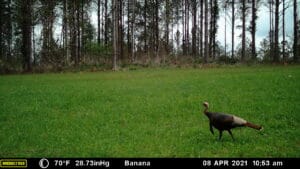
In arid zones that have ample dusting sites, you may be better served to set your cameras up over water. In some areas of the West, South and Southwest, turkeys routinely visit water to hydrate as food sources are too dry to offer much, if any, moisture.
Scouting for turkeys serves as an important shortcut to getting the drop on a gobbler before it receives a higher education from your peer group of hunters. Put your cameras out now with a fine-tune focus to attain a leg up on these leggy Butterballs.
About the Author: Mark Kayser is a prolific outdoor writer and hunting television host. Mark spends his falls chasing elk and whitetails from the Rocky Mountains to the Midwest. From solo DIY elk hunts on public land to sitting in a treestand waiting to ambush rutting whitetail bucks, Mark lives and breathes the hunting lifestyle. For more about Mark Kayser and ways to follow him on social media, visit www.markkayser.com.
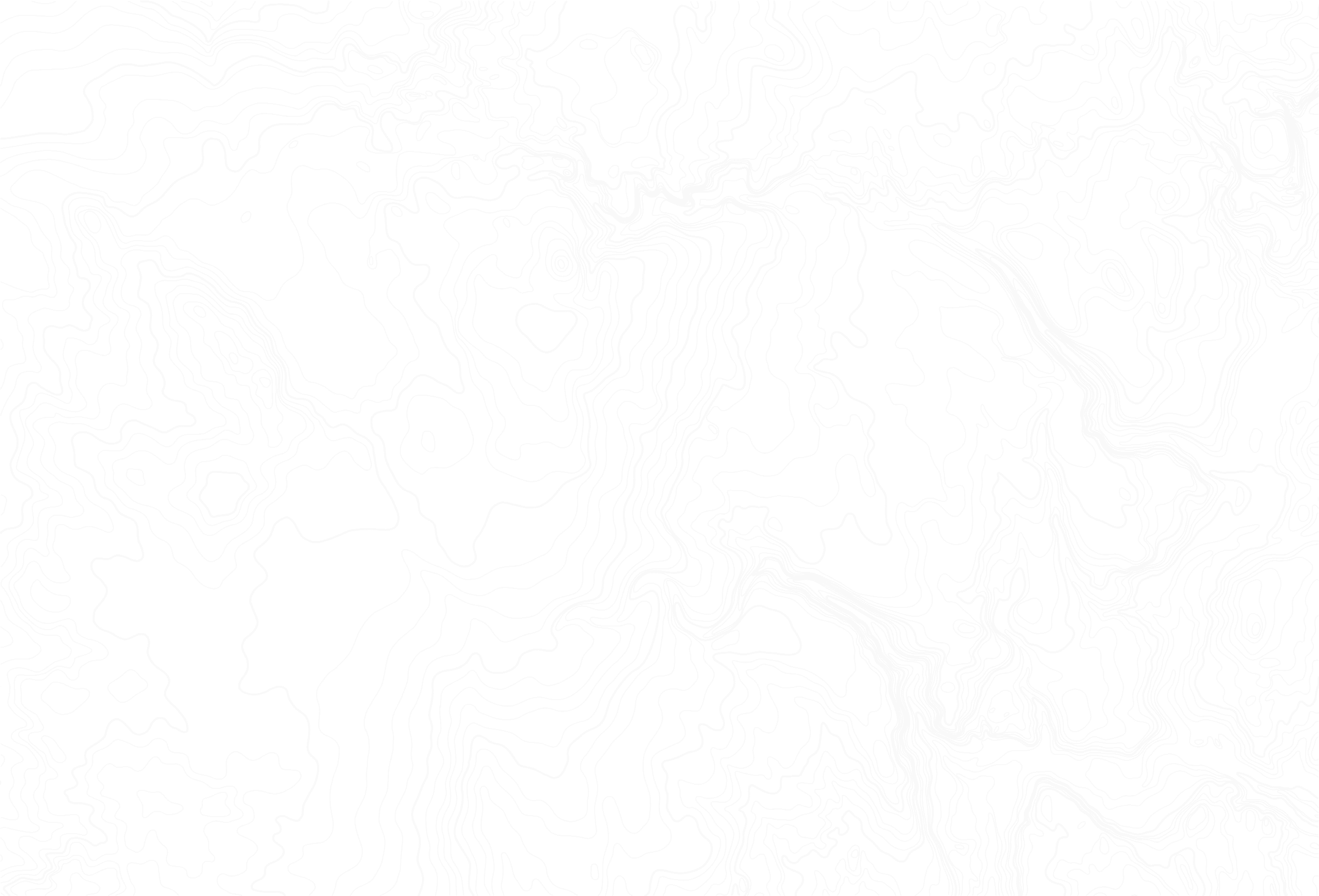

Featured
Juicy homemade jalapeno cheddar brats are perfect for grilling all summer long. They’re packed with all the right seasonings and fresh ingredients, making them extra tasty.

Featured
MeatEater and Moultrie Mobile join teams to bring hunters closer to nature.

Featured
These wild turkey skewers are tender and smothered in a homemade teriyaki glaze. Wild turkey sometimes gets a bad reputation for being a tough meat but when prepared properly using the steps in this recipe, the results are amazing.



